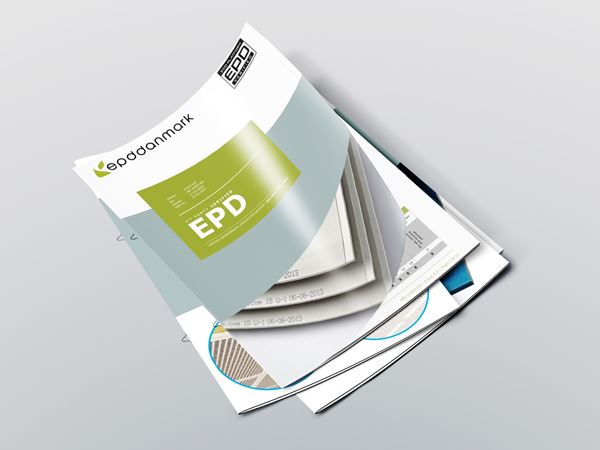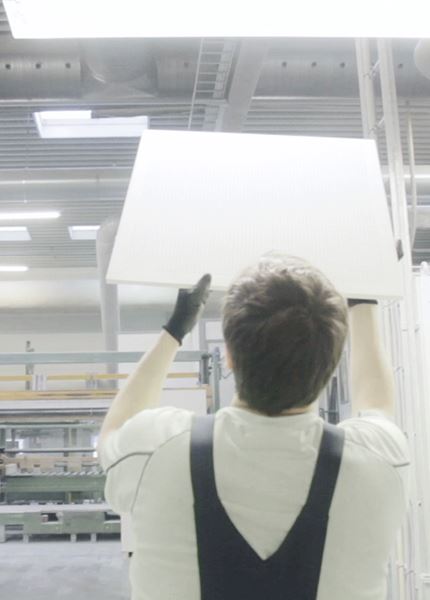Choose product specific EPDs
There are two types of EPDs - product specific EPDs and industrywide EPDs. A product specific EPD is developed for a specific product from a specific manufacturer, whereas an industrywide EPD represents an average (or worst-case) scenario for a specific industry or product type.
You therefor get more accurate data on a building life-cycle assessment by applying product specific EPDs instead of industrywide EPDs. Also in connection with certification of buildings, eg. DGNB cerfitication, you will need to add extra percentages, using generic data rather than product specific data.
For example, DGNB dictates the use of uncertainty factors for generic data with a factor 1.3 and for industry EPD’s a factor 1.1. Only product specific EPD’s do not have any factors added.
EPDs are not equally informative
It is important to note, that an EPD is not a quality assurance of a product being sustainable. An EPD is an objective representation of a product’s environmental impact, a product’s sustainability can only be evaluated, by comparing it to other functionally equivalent products.
Not all EPDs document a product's entire life cycle. Up until now, it has only been mandatory to document the environmental impact of a product's early life stages: from raw material supply to product production. The later life stages: from transport to building site, use, end-of-life and recycling-potential have been optional. You should therefor take care when comparing EPDs, and make sure to look at the environmental impact in the different life-cycle stages seperatly. As of October 2022, manufacturers are required to include a product's environmental impact in the end-of-life stage when publishing new EPDs.
Read more on EPDs in sustainable construction at www.epddanmark.dk/uk.





